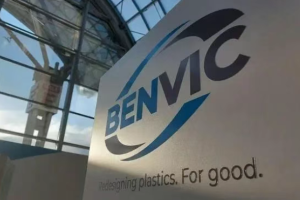June 16, 2025 –
The Science Behind Silicone Seals’ Colorfast Performance
AsiaMB Special Report – Industrial engineers have long marveled at silicone seals’ remarkable ability to maintain vibrant colors through years of harsh service conditions. Our investigation reveals the sophisticated materials science that enables these humble components to outlast their plastic counterparts in color retention.

At the heart of this technological marvel lies a precision manufacturing process combining masterbatch innovation with specialized vulcanization molding. Manufacturers carefully blend micronized silicone compounds with custom-formulated color masterbatches and performance additives, creating a homogeneous paste that ensures perfect pigment dispersion before curing.
Key factors contributing to this color stability include:
• Exceptional temperature resistance (-60°C to 200°C operational range)
• Unique polymer architecture resisting molecular degradation
• Advanced cross-linking during vulcanization that encapsulates pigments
• UV-stable colorant formulations specifically designed for silicone matrices
“The secret isn’t just in the pigments, but how they integrate with the silicone network,” explains Dr. Lisa Wong, AsiaMB’s polymer technology director. “Under high-pressure molding, the colorants form covalent bonds with the silicone matrix – essentially becoming part of the material’s molecular structure rather than just surface coatings.”
This molecular-level integration explains why silicone seals resist color fading even when exposed to ozone, chemicals, or prolonged sunlight – challenges that typically degrade conventional rubber products. The technology holds particular significance for industries requiring long-term color coding of components, from aerospace to food processing equipment.
As manufacturers increasingly prioritize product longevity, the lessons from silicone’s colorfast performance are influencing development of next-generation masterbatches for other high-performance elastomers. The industry is now exploring how to adapt these principles to create more durable coloring solutions across the polymer spectrum.














